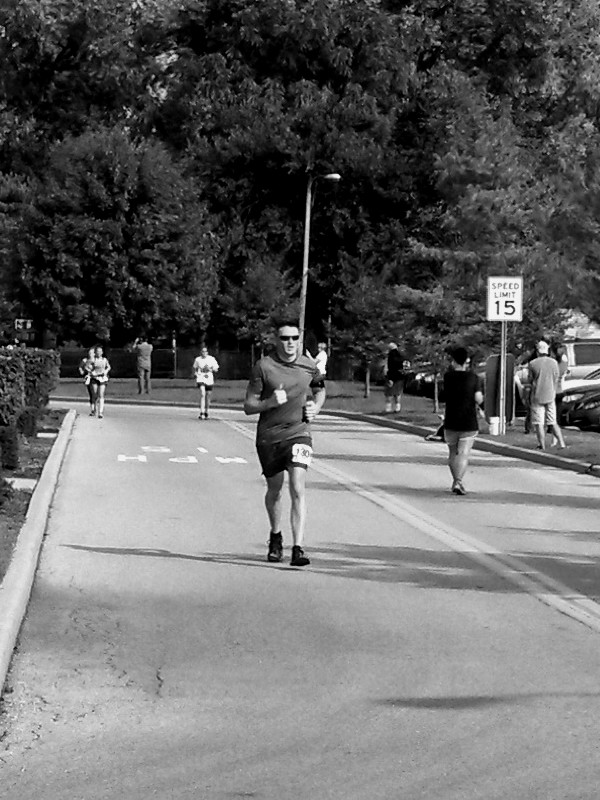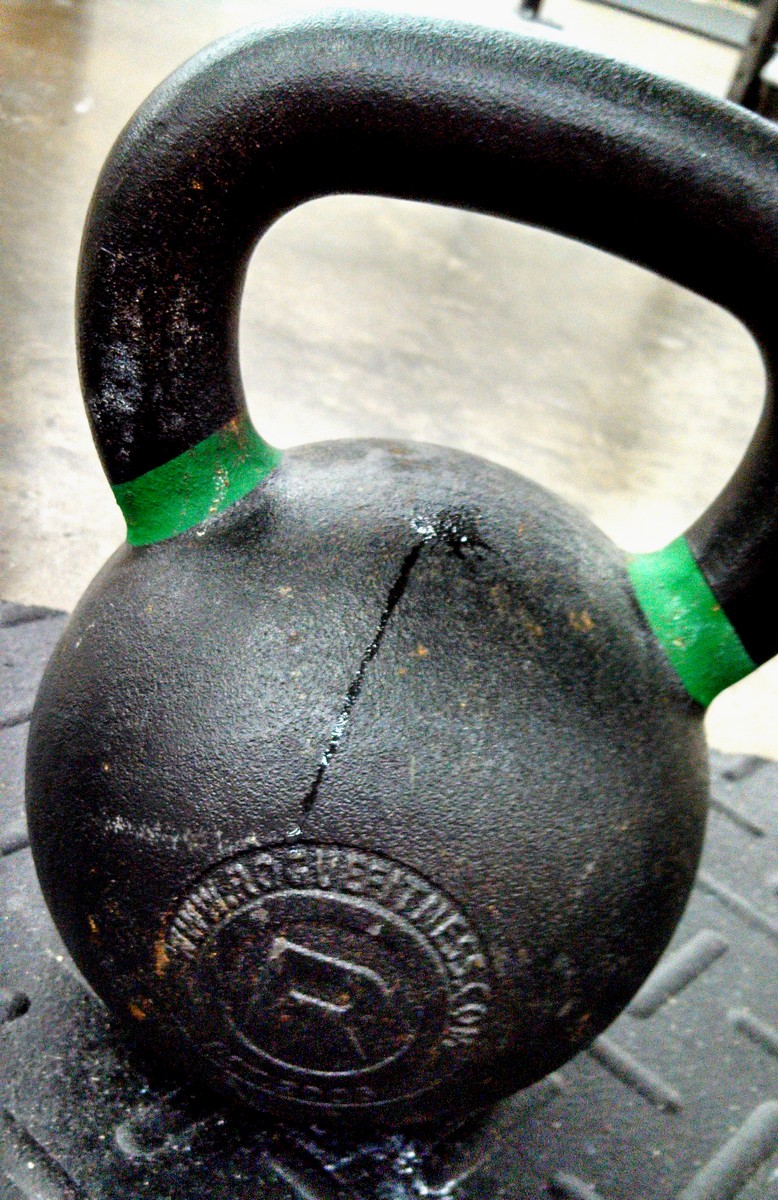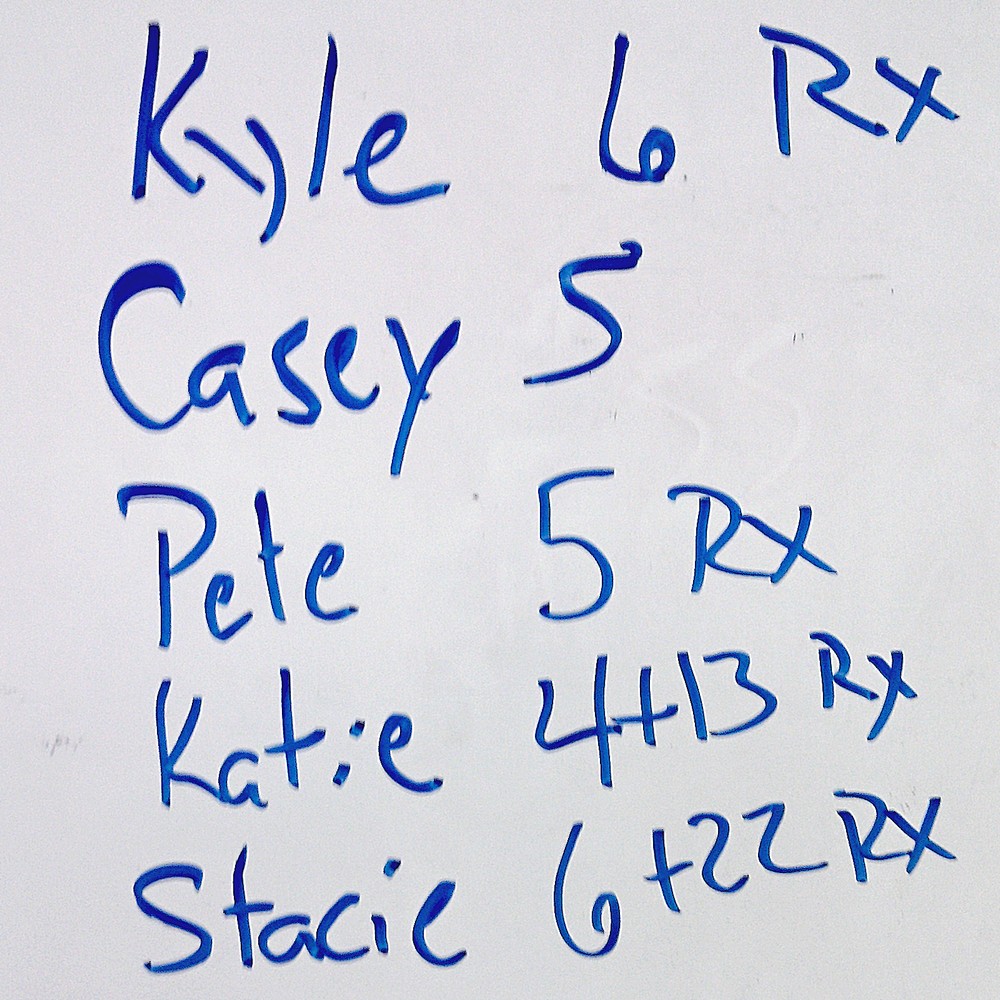Of all the sports and physical activities in which I engage, none is so polarizing among my friends as running. That’s surprising, given that running is the one sport I do that our bodies were specifically engineered to do, if the human physiological adaptations for moving faster than a walk are considered. And yet when I tell people I run, or about a big race I just finished, non-runners will invariably react with an expression somewhere between confused and horrified.
I get it. I get it more than most people would understand. I hated running for most of my life. I wasn’t good at it in school. I ran track in Junior High, middle distance, and was painfully slow. I was so bad at it that I didn’t run competitively again for more than a decade. I’ve never had great lung capacity, my feet flatter than a pancake on a sidewalk in Holland, my knees are less than top-shelf equipment, and I’m not all that strong. I smoked heavily for 9 years. Until a few years ago, all running ever did for me was hurt, even though I had done a whole lot of it. Heck, I wrestled in High School, and at a lot of practices we would run more than the Cross Country team, but I never got any better at it.
Running still hurts. It makes my joints ache, and my lungs burn. Part of me still hates it. Every single time that I run, I cross a threshold where I wonder why I’m doing it. That moment of misery awakens every voice in me that says “quit,” that questions everything I’ve worked for, and the time and effort I’ve put in working for it. I’m still not all that fast. I still don’t have great lungs or legs. Most days, I’m not a contender to win much of anything.
But I run anyway. I run because it does things for me that no other sport does. I run because of the feeling of moving fast along the ground, by nothing but your own power. I run because the runners’ high is stronger than that of any other sport I’ve tried. I run to silence that inner voice, to prove it wrong. I run to stare my doubts straight in the eye and tell them they mean nothing. I run to beat myself, to beat the parts of me that I don’t like.
And I run because they told me not to. In the early summer of 2010, I was rehabbing my right knee after ACL reconstruction surgery. My physical therapist had just put me on the treadmill for the first time and let me jog for a couple minutes. I was still dealing with quite a lot of pain, and my knee felt loose. My muscles were so weak from post-surgery atrophy that every step on my right leg felt like imminent collapse. I asked the PT how much I’d be able to run again, and he sort of laughed and shrugged. He told me that, since I was in the Air Force, I could probably hammer out my annual 1.5 mile run, but not much more. And I should be careful on my mountain bike, too.
If you know me, you know that telling me I can’t do something is a pretty sure way to get me to try it. I finished my rehab program two months ahead of schedule, and immediately started jogging again. I completed a couple 5k races that fall, running gingerly and slowly, but running. I spent all of 2011 travelling, and fell off the wagon for awhile. But when I got home in 2012, I was done making excuses. I signed up for the Air Force Half Marathon, and started training in earnest. I joined the Ohio River Road Runner’s Club for the inexpensive races. It was a year of trial and error, of leaps forward and setbacks, but by the end of it, I had completed two half marathons and 20 other races, for a total of over 100 miles raced. Not bad for a guy with pieces missing out of his menisci!
I like running now because I chose to. I didn’t like it automatically. I didn’t like it because I’m naturally good at it, or because it’s easy for me, or any of that. I decided I wanted to do it for all of those reasons I talked about. Liking it happened later, and I can’t even say when. Now, the thought of not running is as repulsive to me as running once was. I used to look at runners and think, “why?” Now I know why, and I can’t imagine stopping.



